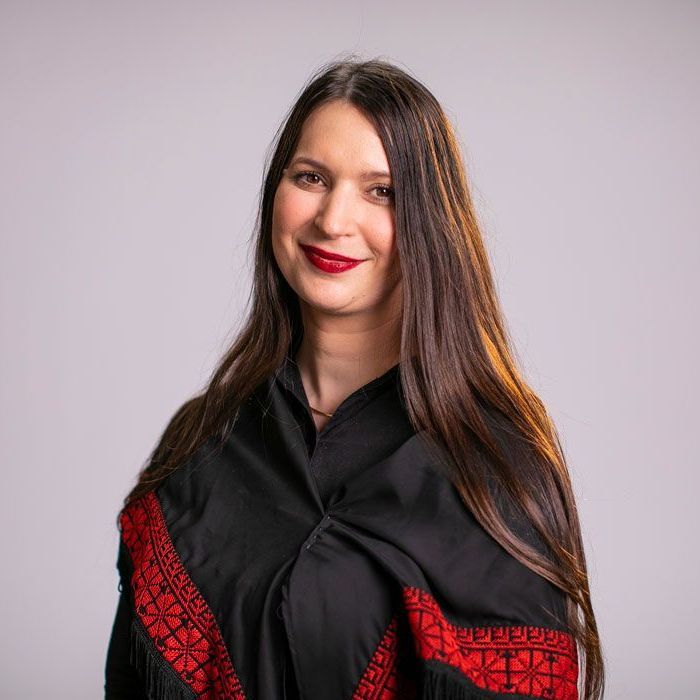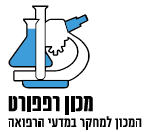
Maria Saleh Mahameed
Rapaport Award for a Promising artist
Maria Saleh Mahameed is a painter and an installation artist, working also with etching. Born in 1990 she holds M.Ed (awarded with honors), B.Ed, and B.A in arts, all from Oranim Art College. She teaches at Beit Berl, HaMidrasha.
Saleh Mahameed is known for her large-scale charcoal paintings made on immense canvases she spreads over her studio floor. The charcoal that is related to her childhood city (Umm el Fahem, ‘mother of charcoal’) is a dominant and uncompromising material. It leaves remnants, stains, and traces on herself and on the canvas.
Tracing these very stains of charcoal while forming her narrative painting is a meaningful element in her artistic work. During the painting process she puts her entire body and thoughts into the canvas while moving across it in various ways, turning herself into an integral and performative part of the piece. These evidence and traces, made either by her own footprints or fingerprints, or by her household pets, remain expressive and spontaneous imprints on the canvas.
Born to a Ukrainian mother and to an Arab father, Saleh Mahameed embodies a complex identity in terms of nationality and religion. Through her works she is able to explore personal, social, and political issues concerning her family as well as the Palestinian society.
Although they are large scale, her canvases may be perceived as multi-part intimate scrolls, entailing personal familial narratives.
Salem Mahameed’s works deals with life and death, peace alongside violence within the Palestinian community, while her intricate identity connects her hometown, Umm el Fahem, to her mother’s hometown, Kiev, in her continuous research of “what keeps me alive”.
Saleh Mahameed’s works are presented at the Tel Aviv Museum of Art collection, the Israel Museum collection, and the Herzliya Museum of Contemporary Art collection.
She won the Kolliner Prize for a Young Israeli Artist from the Israel Museum (2022), the Oranim College Excellence Award (2017), and the Young Creator Award from the Hecht Museum, University of Haifa (2015).



